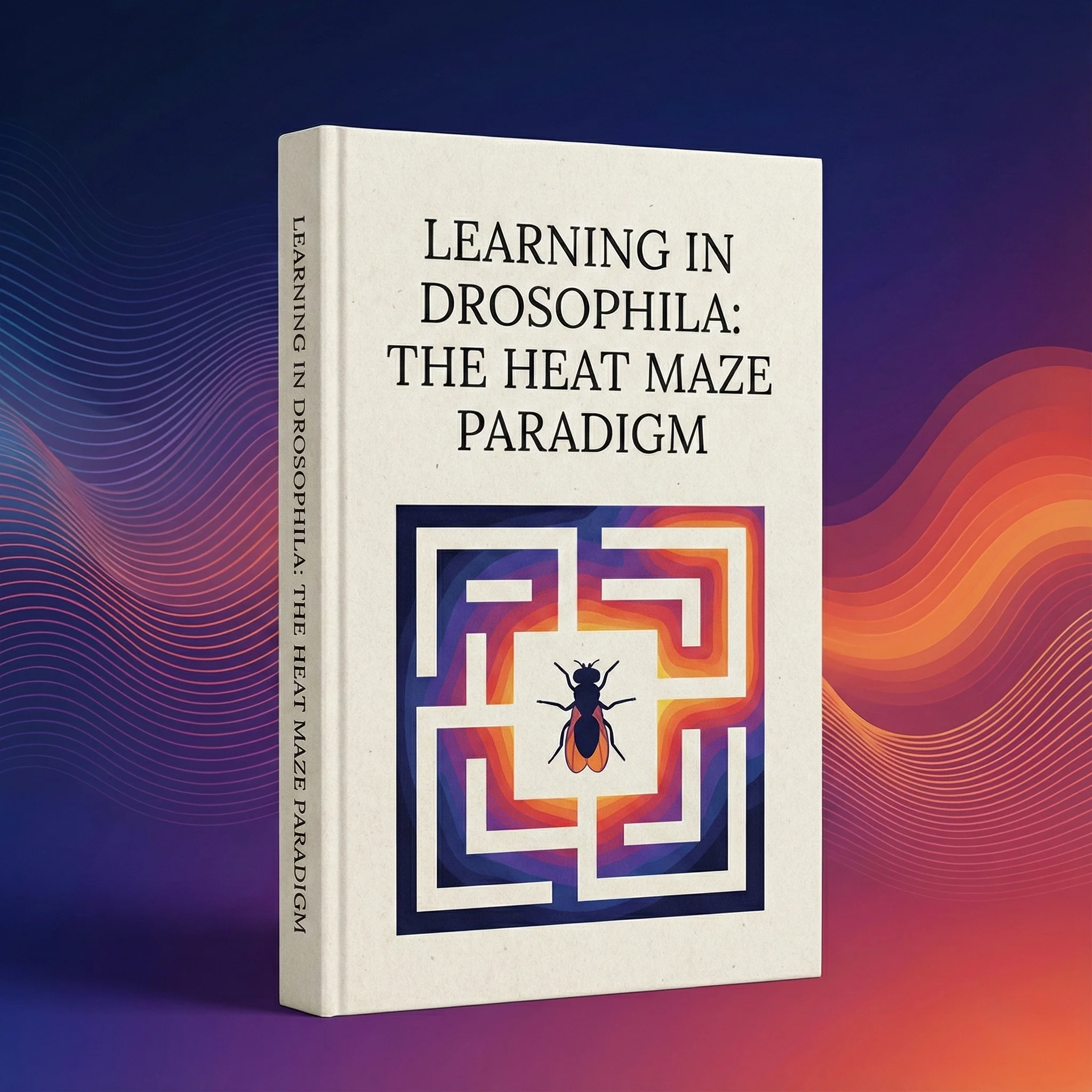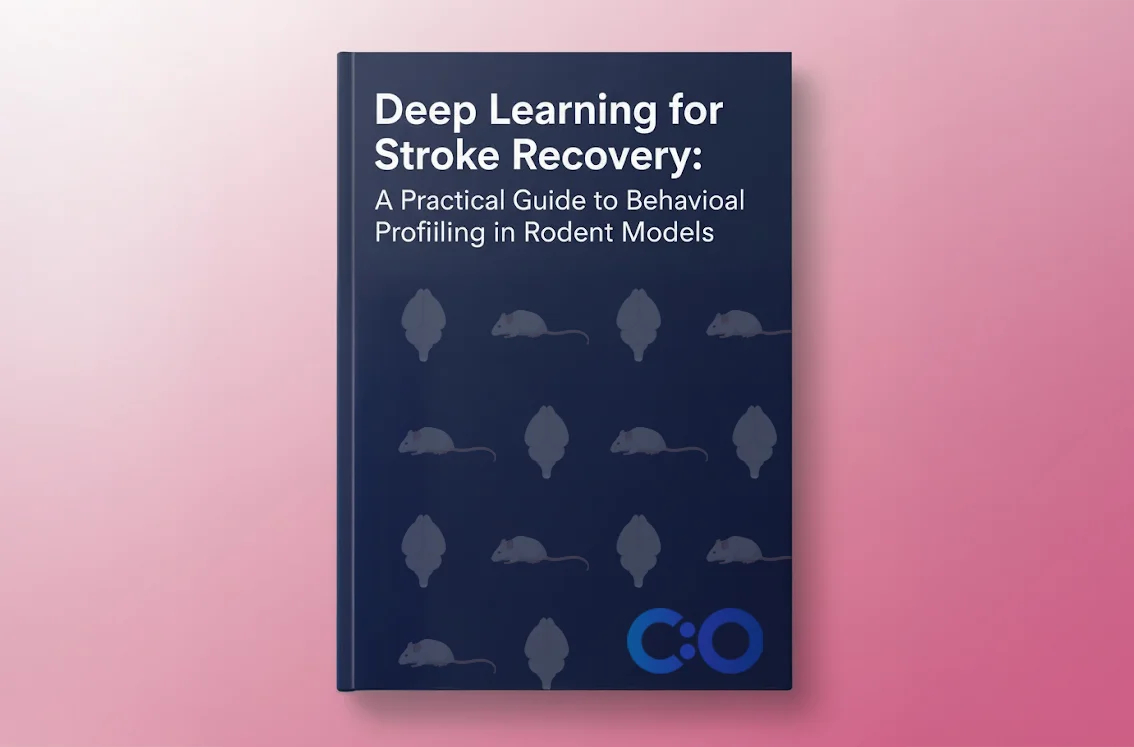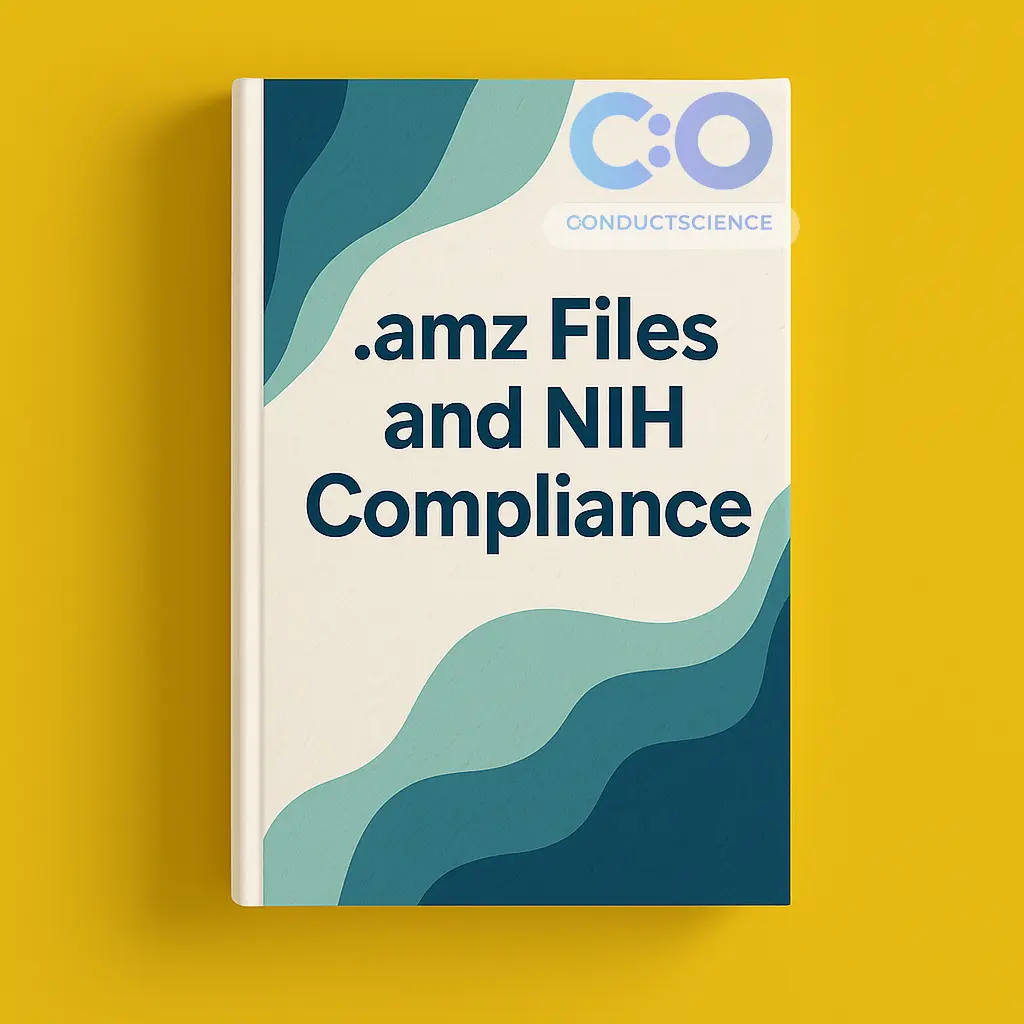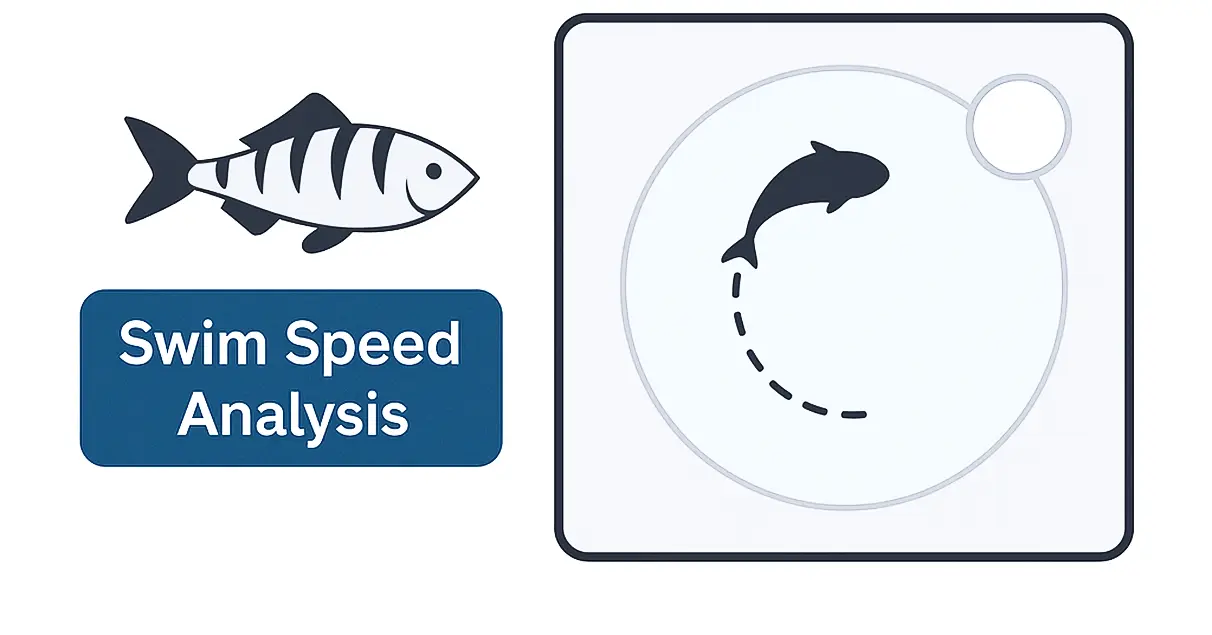

In behavioral neuroscience, the Open Field Test (OFT) remains one of the most widely used and versatile assays for quantifying exploratory behavior, locomotor activity, and anxiety-like responses in rodents. Traditionally, metrics such as total distance traveled or time spent in specific zones have offered valuable insights into behavioral states. However, one underappreciated yet highly informative parameter is the number of entries into the center zone—a dynamic measure that reflects how frequently an animal transitions from the protected periphery into the open, exposed center of the arena.
This metric is particularly meaningful because it reflects moment-to-moment decision-making in response to internal emotional states and external spatial cues. The center zone is evolutionarily perceived by rodents as risk-laden due to its high visibility and lack of protective boundaries. As such, entries into the center represent a deliberate behavioral choice to approach novelty, gather information, or evaluate environmental safety.
Quantifying these transitions reveals not only exploratory motivation but also emotional regulation, spatial cognition, and adaptive flexibility—making it a powerful tool for studying individual differences, strain effects, pharmacological interventions, and disease-related phenotypes.
Center entries are operationally defined as full-body transitions from the periphery into the predefined central zone of the open field arena. This dynamic metric reflects a subject’s readiness to confront novelty and assess potential environmental threats, offering a rich behavioral signal across several cognitive and affective domains.
Frequent center entries, especially when accompanied by sustained presence or balanced exploration of other zones, denote a confident, adaptive, and engaged behavioral profile. Conversely, low center entry frequency may signify behavioral inhibition, heightened vigilance, or impaired exploratory circuits. Integrating this measure with temporal and spatial patterns offers a nuanced perspective on rodent affective and cognitive function.
The number of entries into the center is not only a behavioral readout but also a neurobiologically anchored metric that reflects complex brain-behavior interactions. Its interpretation informs us about the integrity of emotional regulation, executive control, and threat-assessment circuitry.
Repeated entries into the center suggest a strong exploratory motivation and spatial scanning strategy. This behavior is often associated with increased dopamine tone and prefrontal cortex activity, supporting attentional engagement and goal-directed exploration.
A low number of center entries is one of the most consistent behavioral indicators of unconditioned anxiety in rodent models. The open center is perceived as risky; thus, animals with elevated anxiety tend to restrict their activity to the periphery. Pharmacological interventions with anxiolytics such as benzodiazepines typically increase center entry frequency (Prut & Belzung, 2003).
The number of center entries must be interpreted alongside entry duration. High frequency with short stays may indicate impulsive or indecisive behavior, while fewer but longer entries might reflect strategic exploration or reduced arousal. These patterns provide insight into behavioral phenotypes and neural control of threat assessment.
Center entry behavior reflects the output of interconnected brain regions, including the prefrontal cortex, hippocampus, amygdala, and basal ganglia. The prefrontal cortex governs decision-making and risk assessment, while the hippocampus integrates spatial context. Altered patterns of center entries are often linked to disrupted serotonin or dopamine signaling, GABAergic modulation, and HPA axis dysregulation. Genetic manipulations that impact neurodevelopmental pathways, stress reactivity, or neurotransmitter regulation—such as deletions in BDNF, CRHR1, or serotonin transporter genes—frequently alter center entry behavior. These associations make this metric a valuable bridge between molecular neuroscience and observable behavior.
Knockout and transgenic models with alterations in serotonergic, GABAergic, or HPA axis regulation often show altered center entry patterns. This metric can be used to link specific molecular pathways to observable changes in behavioral output and emotional control.
Interpreting the number of entries into the center is most powerful when contextualized with complementary behavioral metrics that illuminate the animal’s overall emotional and cognitive profile. This integration supports a multidimensional assessment of how rodents perceive, navigate, and adapt to environmental stimuli.
While a high frequency of center entries may signal reduced anxiety or strong exploratory drive, its interpretation depends on additional behavioral dynamics—such as how long the animal remains in the center, how rapidly it initiates exploration, and how its movement is distributed spatially and temporally. Conversely, low entry counts may reflect fear-related inhibition, general hypoactivity, or motivational deficits. Therefore, the number of entries is best interpreted as a flexible, interaction-sensitive measure that gains precision when paired with the following related indices: when viewed with complementary metrics that paint a multidimensional picture of the animal’s behavioral state. Entry frequency alone may suggest a tendency toward exploration or avoidance, but its real interpretive value emerges when contextualized with other temporal and spatial behaviors.
Assessing how frequently animals enter the center zone throughout different segments of the session—early, middle, and late—can reveal dynamic behavioral adaptations. A rising rate may indicate successful habituation and reduced novelty-induced anxiety, while a declining rate may signal fatigue, learned avoidance, or contextual conditioning.
When tested in multiple environments (e.g., light-dark box, elevated plus maze), consistency in center entry behavior can validate underlying trait-level phenomena like exploratory boldness or anxiety sensitivity. Integrating across paradigms strengthens construct validity and enhances translational relevance.
Baseline center entry frequency may serve as a predictive variable in longitudinal studies. For example, animals with low baseline entries may show exaggerated responses to future stressors or treatments, helping stratify subjects by behavioral reactivity or resilience potential.
Comparing the number of entries with the spatial dwell distribution across the arena reveals whether animals are engaging in broad, adaptive exploration or exhibiting restrictive, possibly pathological, movement patterns. For example, an animal with a high number of center entries but disproportionately concentrated dwell time in the periphery or along stereotyped paths may be displaying compulsive circling or ineffective scanning behaviors—potentially indicative of neurological or emotional dysregulation. In contrast, a more uniform dwell pattern, where time is evenly distributed across center and periphery and matched by consistent zone transitions, suggests a well-regulated, curiosity-driven exploration strategy.
Total time spent in the center zone offers valuable context to the number of entries. An animal with many entries but short dwell times may be exhibiting anxiety-driven exploratory bursts or impulsive behavior—repeatedly sampling the center but quickly retreating. Conversely, fewer entries accompanied by longer durations suggest cautious but deliberate investigation, reflecting emotional stability or high exploratory confidence.
Latency to the first center entry reflects the animal’s initial evaluation of threat and safety. A long latency often corresponds to heightened vigilance or anxiety-like behavior, while a short latency suggests rapid engagement with the environment. This measure is especially useful when combined with entry count to assess behavioral dynamics across time.
High wall or corner occupancy, especially when paired with a low number of center entries, reinforces the interpretation of avoidance behavior. This combination is indicative of strong anxiety-like responses or fear-induced immobility. Comparing these metrics enhances behavioral resolution and can help differentiate between exploratory suppression and motor limitations.
Total locomotion helps clarify whether low center entry counts are due to reduced exploratory motivation or general hypoactivity. For instance, animals with high overall movement but low center entries are likely avoiding the center by choice, whereas low movement overall may suggest sedation, fatigue, or physical impairment. This metric is essential for distinguishing anxiety-like avoidance from nonspecific activity suppression. across the arena reveals whether animals are broadly exploring or restricting themselves to certain paths. A high entry count paired with uneven zone occupancy might suggest stereotyped locomotion, while more uniform patterns reflect adaptive exploratory strategies.
To ensure precision, researchers should employ open field systems equipped with high-resolution tracking software that allows for real-time detection of zone transitions. Platforms with configurable zone boundaries, automated scoring, and data export capabilities enhance reproducibility across studies. Consistent lighting, arena size, and cleaning protocols further support high-quality behavioral analysis.
Explore the Open Field Test page to access solutions that optimize behavioral testing and enable robust analysis of center entry dynamics.
Written by researchers, for researchers — powered by Conduct Science.











Dr Louise Corscadden acts as Conduct Science’s Director of Science and Development and Academic Technology Transfer. Her background is in genetics, microbiology, neuroscience, and climate chemistry.
